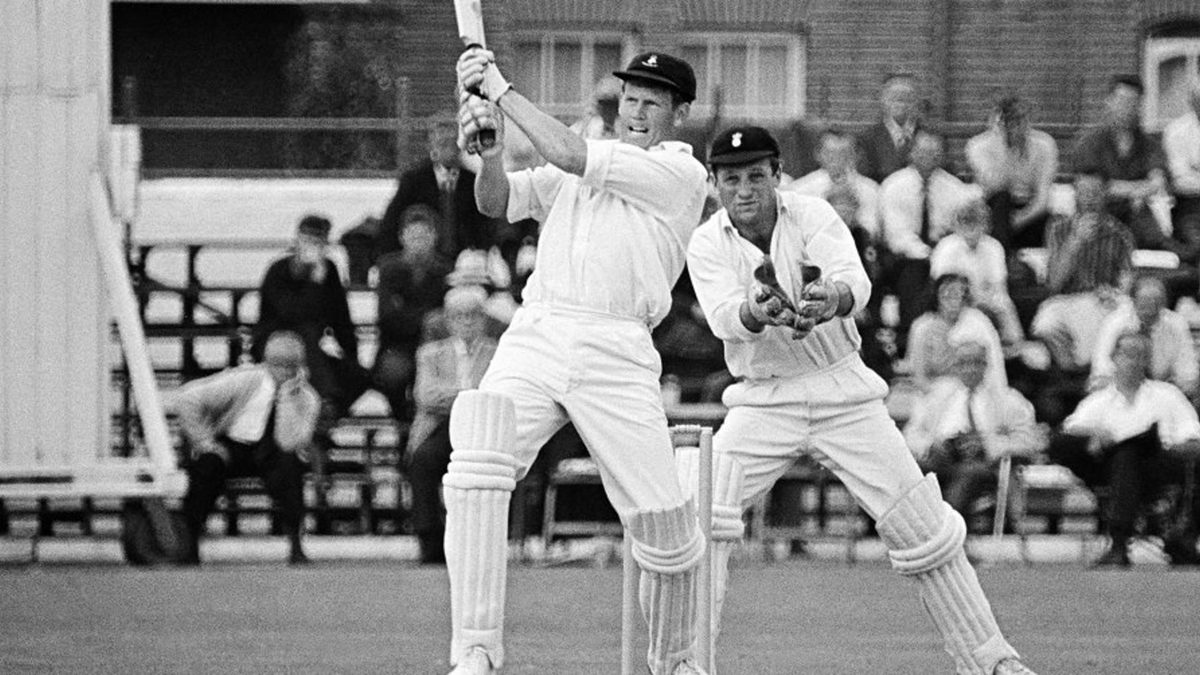
Paul Edwards looks back to 1965, reminiscing Graeme Pollock, the South African all-time batting great whose scintillating century at Trent Bridge is regarded as one of Test cricket’s finest knocks.
Paul Edwards would like to thank David Wright and Alan Morton for their great help with the research for this article.
Nineteen-sixty-five. Monochrome. Three TV channels and an era in which you had to get out of your armchair to switch from one to another. At home in Southport this cricket-crazy little boy is watching Sportsview and they broadcast a feature on the South African tourists. Specifically, they focus on the fielding of Colin Bland. As I recall, they put a net up – at Canterbury, is it? – and ask him to throw at the stumps. I don’t remember him missing once but surely he must have done. Swoop, pick-up and an absurdly fast throw with no break between the movements, no sense of the fielder setting himself for the final action. Balance seemingly without effort. What was this?
Bland. “Lacking strong qualities and therefore uninteresting.” Has any cricketer had a less fitting surname? The South African was a gift to the cameras: his fielding had accounted for Ken Barrington and Jim Parks in the drawn first Test at Lord’s. Memories return, though they are hardly more than flickering frames of film, of batsmen stretching vainly towards the crease. Bland, said Leslie Smith in Wisden, had “barely more than one stump to aim at” when he ran out Barrington, that square-jawed epitome of English resistance.
In Playfair Cricket Monthly, Peter West, his photo byline enlivened by a pipe held contentedly in one hand, attempted an analysis of Bland’s fielding: “By dint of practice and hard work… he has lifted [his art] to quite a new plane… There is nothing in the remotest sense flashy about his performances.” If you said so, Peter, but in a decade of portly batsmen, wizened spinners and fast bowlers for whom fielding seemed a begrudged hazard, Bland’s athleticism was one of the most expansive shows in town, albeit that it was the product of months of practice. Suddenly, fielding was not merely that thing you did when it wasn’t your turn to bat or bowl. Swoop, pick-up, throw. Except that I missed by yards and/or fell over.
First published in 2016








